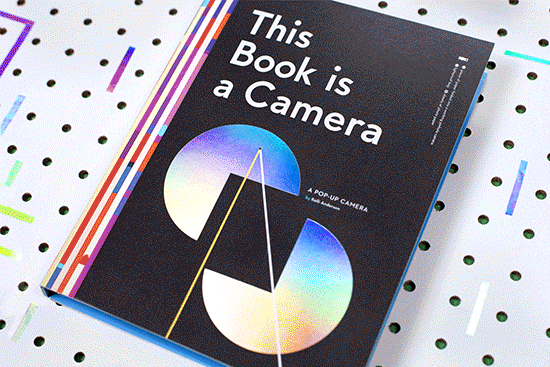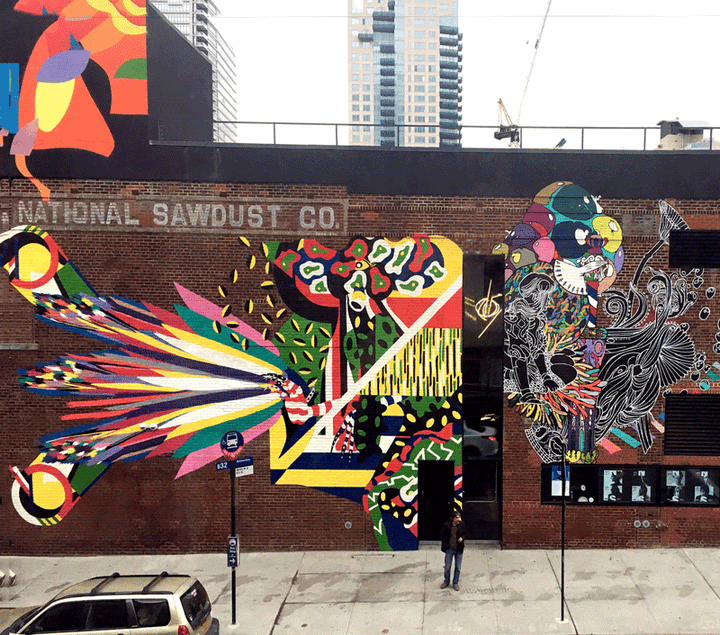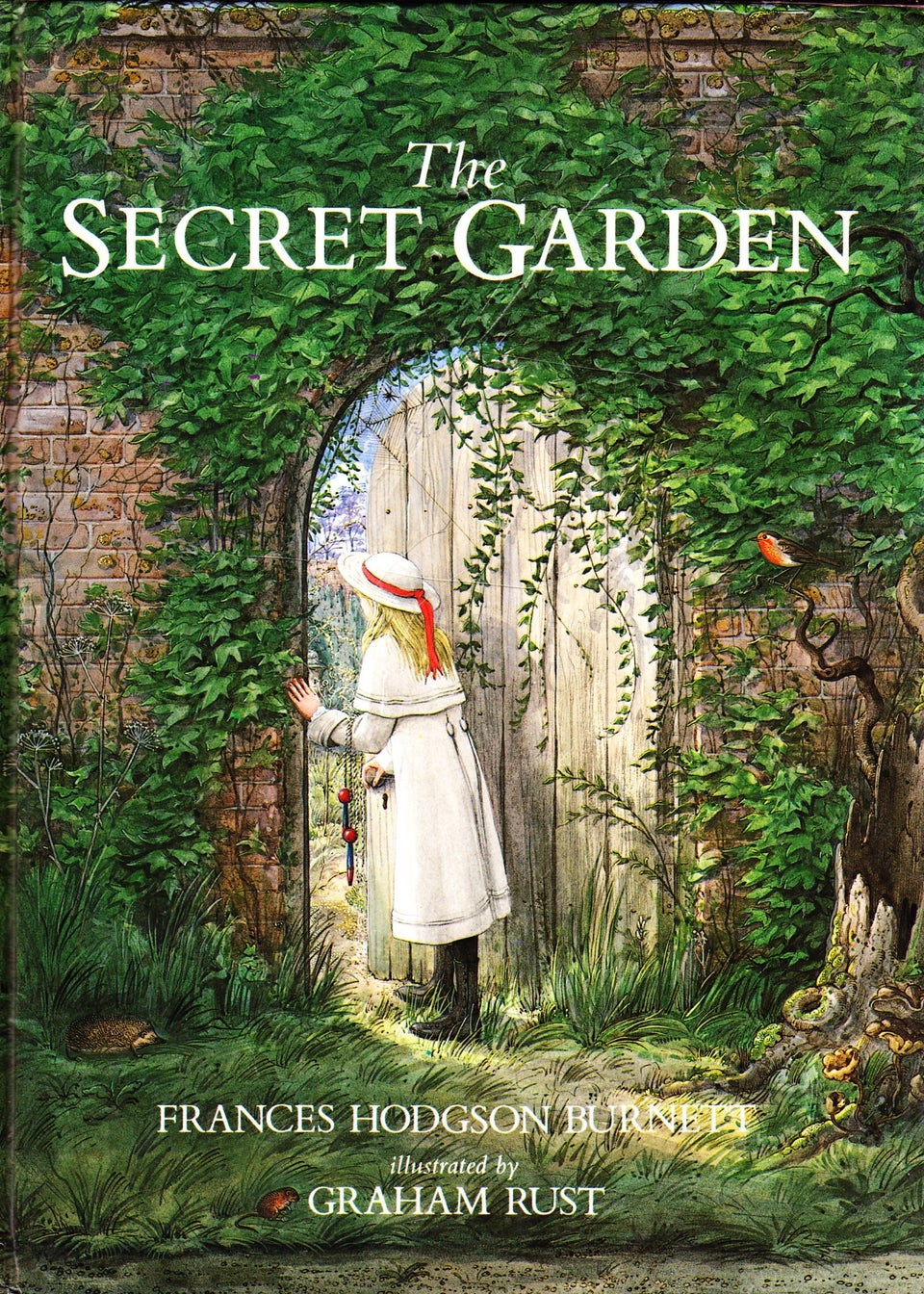
Although we know we probably shouldn’t, we occasionally -- in desperate situations -- use our books for purposes other than reading. Thomas Piketty’s Capital, among its other revolutionary uses, makes for an excellent doorstop. Ethan Frome, that slender, chilling novel, is pretty okay for fanning yourself on a hot day. And Kelli Anderson’s new project, This Book Is a Camera, is, well, a functioning camera.
A one-page book self-published by Anderson with the help of a grant, This Book Is a Camera is little more than a black sheet of paper with a hole in it, yet it can be folded up to function as a machine that captures images.
For those who are married to their Instagram apps, but need a refresher on how photography actually works: Anderson’s book is a version of the camera obscura, an early version of the shutter-driven machines we’re more accustomed to today. The camera obscura is nothing more than a box with a pinhole opening that lets light in and allows it to bounce off a surface and onto a special type of paper that preserves the captured image.
Of course, this is a rudimentary explanation of how light works in photography -- which is why Anderson wanted to create a project that made learning about it more concrete and tactile. “The book gets the user/reader to directly engage with the principles of light -- something that is usually described as an abstraction in science books,” she said in an email exchange with HuffPost.

This desire to make scientific principles more accessible, coupled with her constant questioning of the value a physical book can have in the age of e-readers, is what inspired Anderson to embark on the project.
“Since books no longer need to be physical, the design ante has certainly been raised for the books which do use dead trees!” Anderson said. “These days, design decisions like paper stock must appropriately complement and dramatize the reading experience or its like, 'Why isn’t this an ebook?' Books are newly accountable for their physicality -- considered, intentional format decisions must be apparent.”
Once she decided on her uniquely justifiable construction of a physical book, the process of building the final product was slow-going. She deconstructed a lot of pop-up books, and built prototype after prototype before she successfully built one that could take a clear picture.
“For the first five prototypes, I got nothing -- no image at all,” Anderson said. But when she finally was able to build a working camera out of paper, she was thrilled, proving that in a time when photography is married to instant gratification, tenacity is still valuable.
Also on HuffPost:

